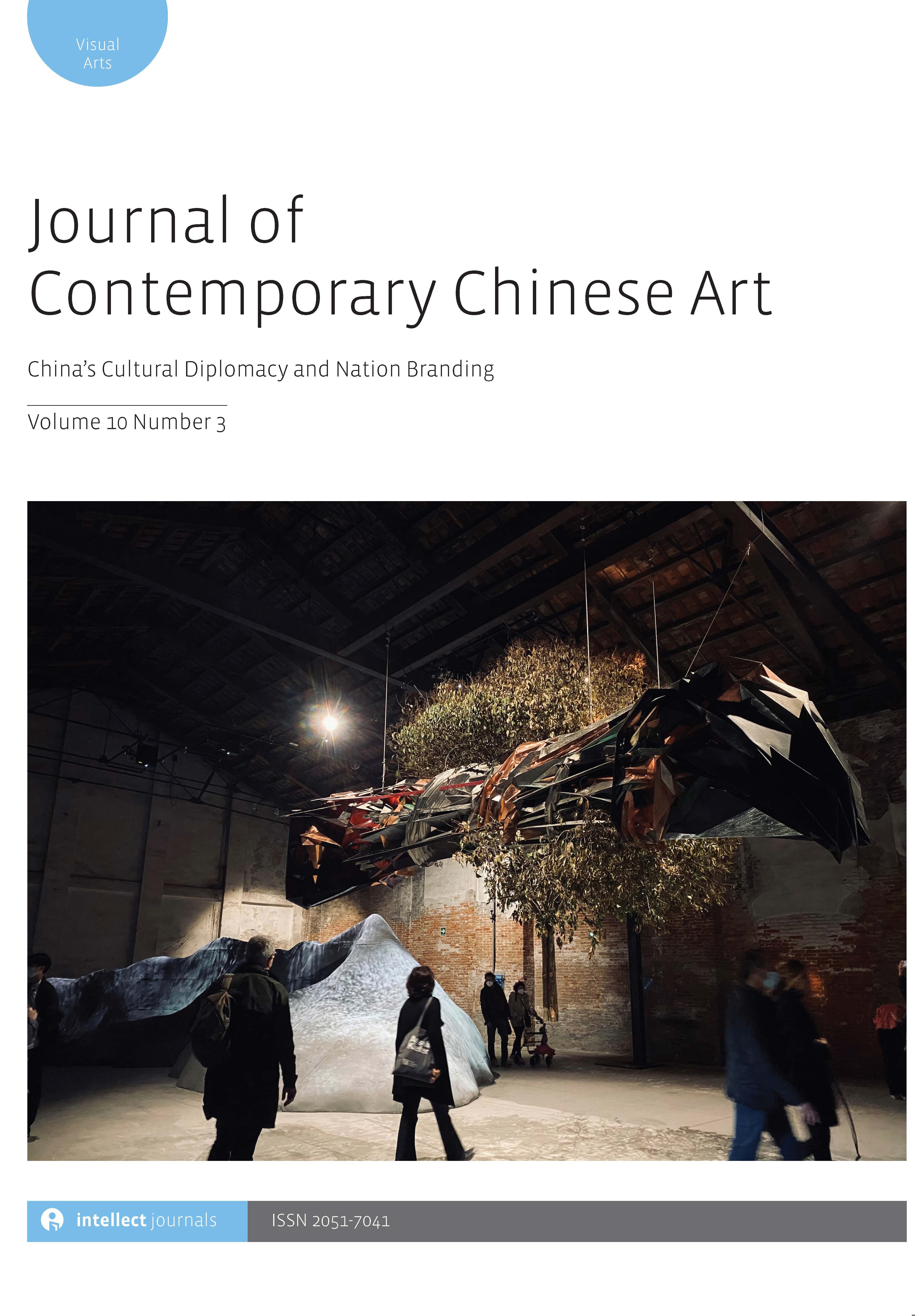
Full text loading...

This article examines how the China Pavilion at the 2022 Venice Biennale attempts to reimagine a new ontology between contemporary Chinese art, artificial intelligence-generated art and artistic practices, as well as the official Chinese discourse on technological positivity. It argues that the China Pavilion can be read through the lens of a Sinofuturist discourse and how the pavilion is spatially and temporally situated in contemporary digital Chinese art. Taking the title ‘Meta-Scape’, the China Pavilion can be understood as a futuristic phototype that the Chinese state mobilizes in formulating a rhetoric of a cohesive digital civilization. This underlines the ways the pavilion not only generates technological inquiries to imagine new paths for artistic practices but also manifests the role that Chinese new media art has on rendering the nation’s international image. In exploring one of the AI-generated artworks titled Streaming Stillness (2022), this article investigates how the ‘techno-turn’ in contemporary Chinese art illuminates the digitalization of cultural memory in relation to the dynamics and discontents between technological aestheticism and China’s national image building process.

Article metrics loading...

Full text loading...
References


Data & Media loading...

Publication Date:
https://doi.org/10.1386/jcca_00086_1 Published content will be available immediately after check-out or when it is released in case of a pre-order. Please make sure to be logged in to see all available purchase options.